| TALES OF HEATH & POND |
VISITOR'S GUEST BOOK | HISTORY OF THE HEATH & POND | GUESTS' PHOTOGRAPHS | SOURCES OF INFORMATION | VIDEOS | SITE MAP |
Urban Fox
We were walking along The River Walk on our way back from The Pond when a lady told us that there was a fox cub on the side of the River Walk, just along the way. We hurried down and this is what we found:
To see a larger copy of each image click on it; to see the next large image click at the right of the image, to go back click on the left of the image. To close a large image click on the cross in the top right hand corner.
New photographs are usually added to the bottom of the page - click to go to the bottom of this page
2020 |
||
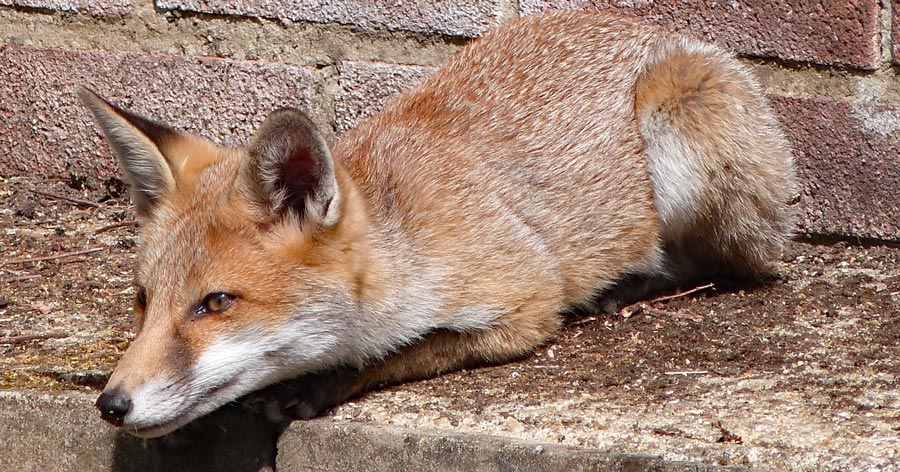 |
||
 |

Foxes have developed strong stomachs and immune systems, so they're unlikely to be affected by rotting food scraps. Urban foxes primarily scavenge for food, but when they hunt it is usually for birds or small mammals such as rats and mice, helping to keep rodent numbers under control. The Fox Project, a UK-based charity dedicated to protecting the red fox, state that in 26 years of work and 12,000 foxes rescued, they are 'yet to find a starving adult fox'. Foxes dig out dens to provide a safe underground space that is mostly used for raising fox cubs, also called kits. In urban areas, the dens - known as earths - are commonly located under sheds, but they can also be among tree roots, in bushes or on railway embankments. Foxes will visit these burrows throughout the year for shelter, although you may also spot them relaxing out in the open during summer. The number of foxes living across the UK isn't officially recorded, however a 2013 report by the Department for Environment, Food and Rural Affairs (DEFRA) estimates that there are around 430,000 - roughly one fox for every 150 people in the UK. The number in urban areas is thought to have increased from 33,000 in 1995 to 150,000 in 2017. However, in 2018 there was a 42% decline in red foxes in Britain, although the cause is unknown. |
|
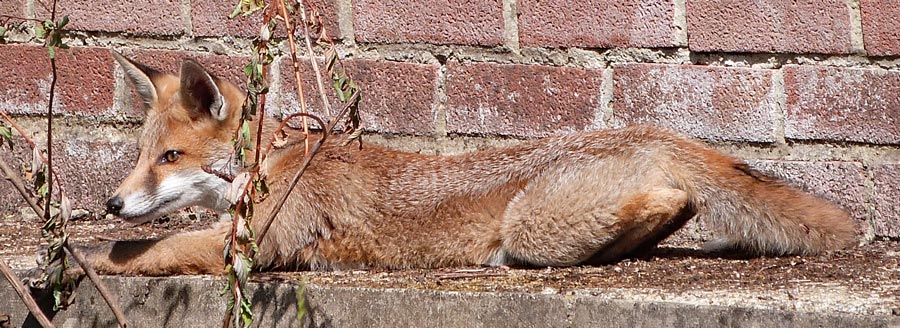 |
||
 |
 |
|
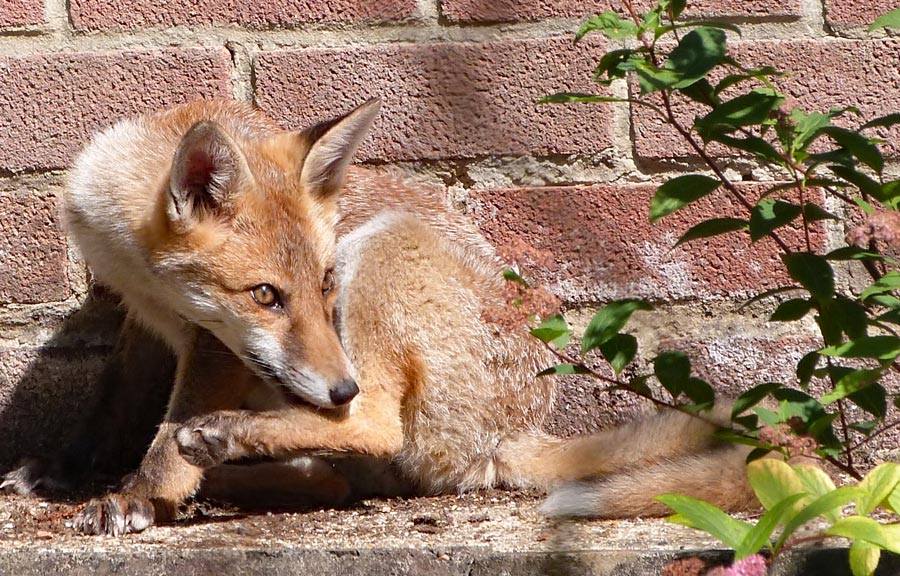 |
||
 |
 |
|
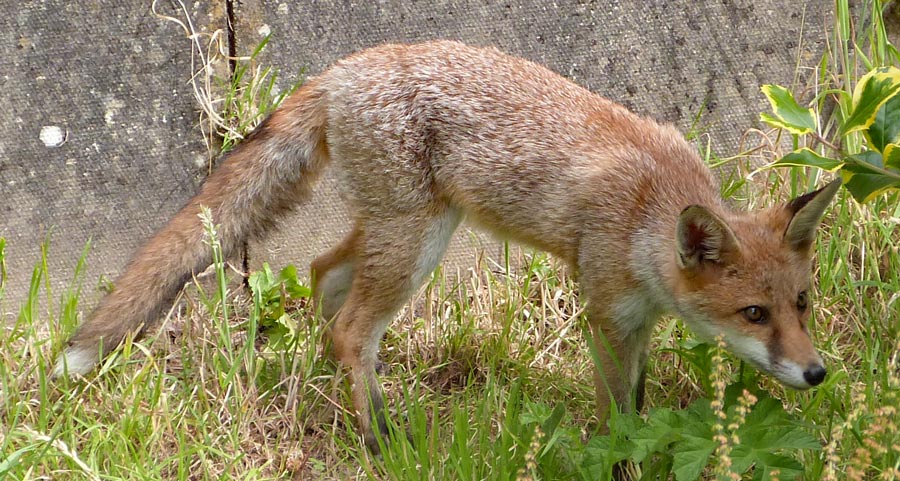 |
||
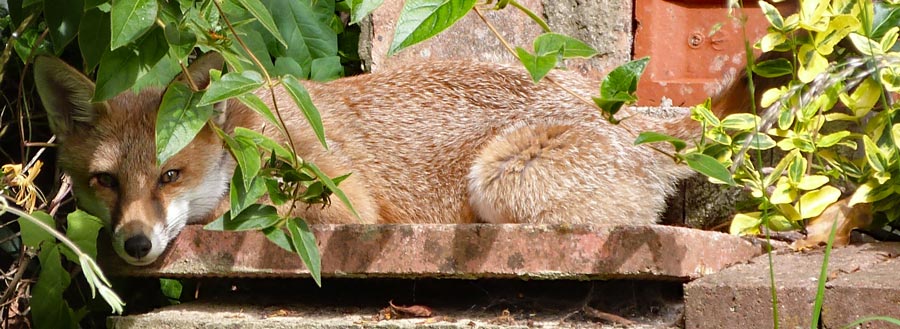 |
||
2021 |
||
| Go to the top of this page | ||